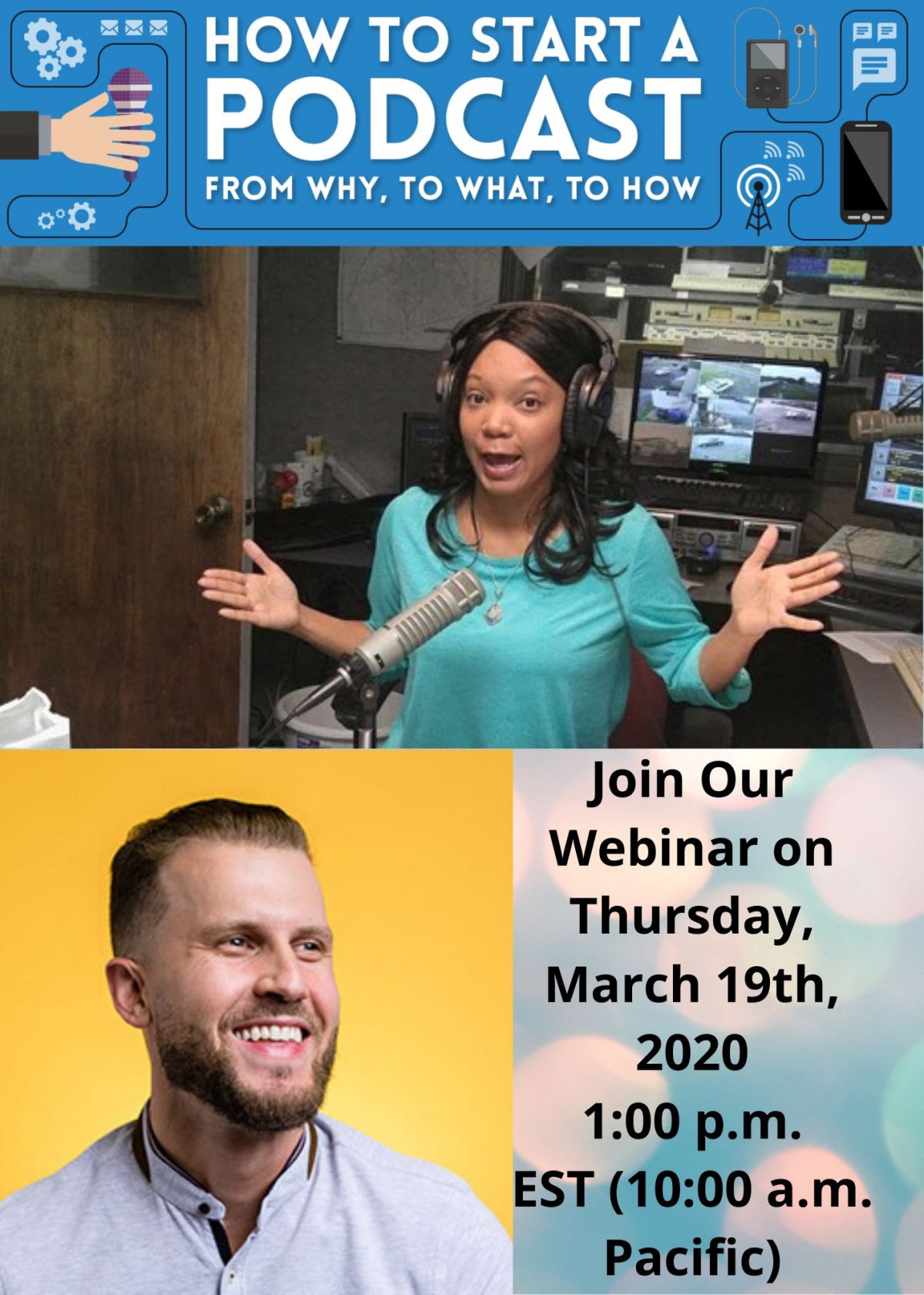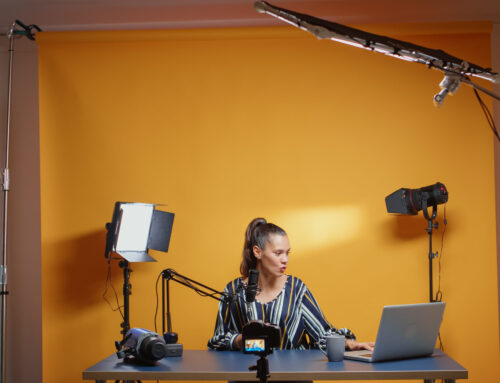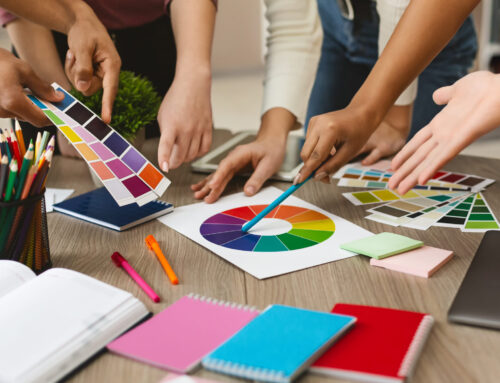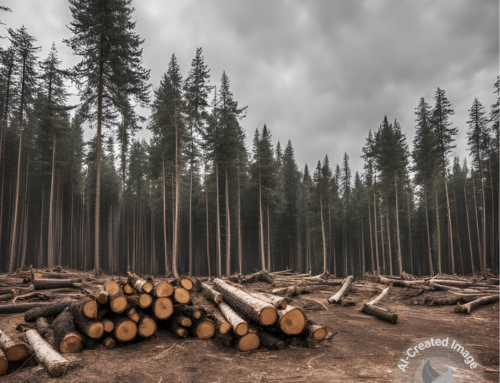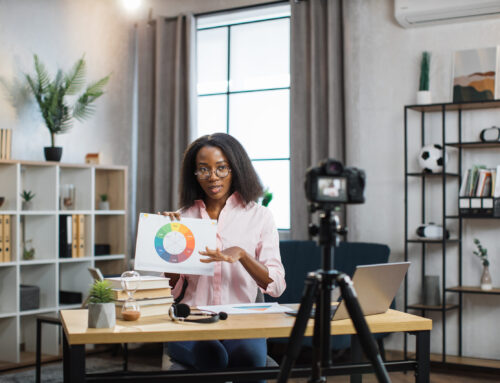I’ve been hooked on podcasting for social change, that’s why I teamed up with Podcast hype-man Erik Jacobson to create a series of blog posts and webinars about podcasting for nonprofits. When we came across communications director Abigail Brougher of Second Story, we knew we had to incorporate her budget-friendly story in our upcoming training.
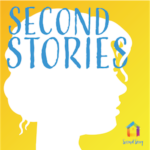
I was first introduced to the Second Story communications specialist on Julia Campbell’s Nonprofit Podcast Creators Facebook group. Abigail was candid about their small nonprofit’s experience in starting a podcast on a tight budget.
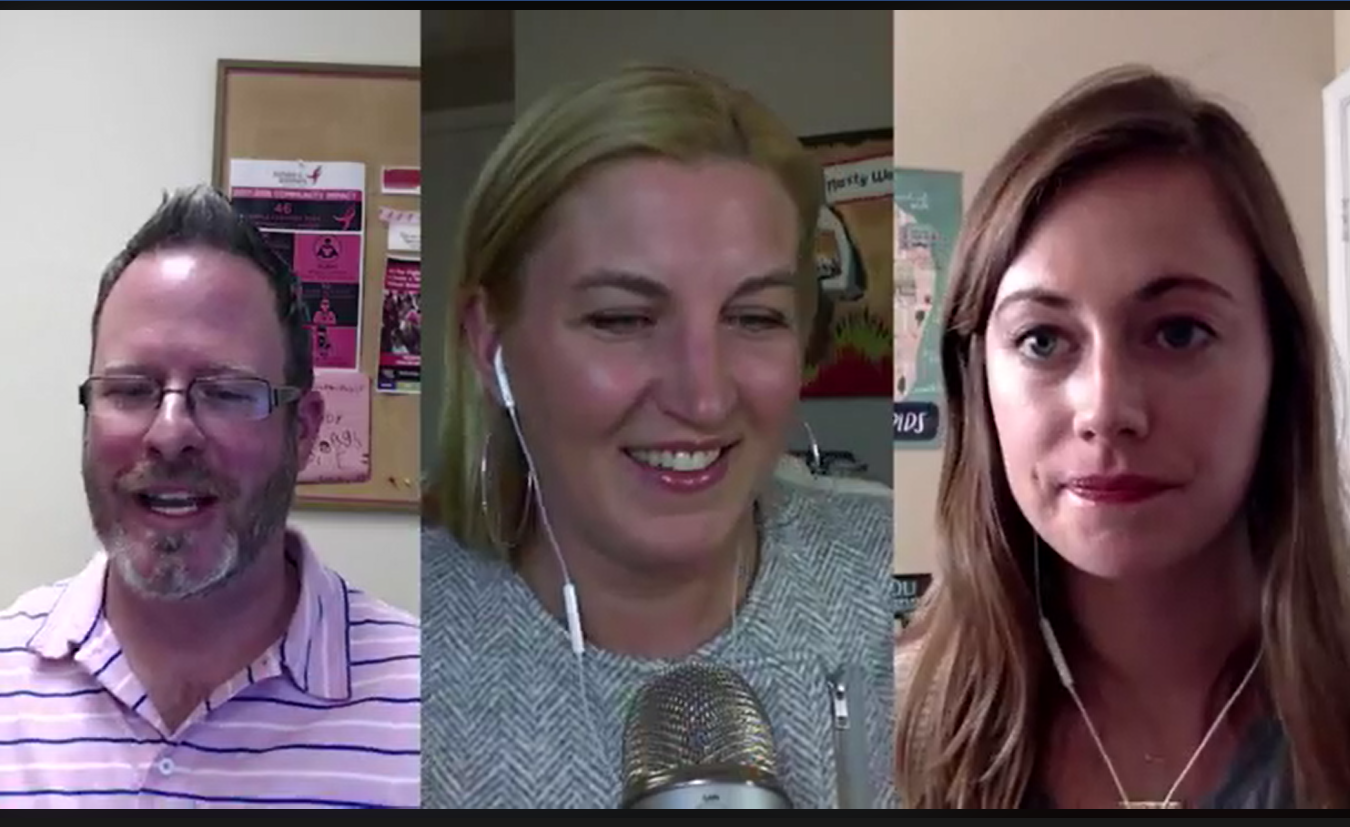
With Julia’s help, I reached out to Abigail to learn more…
Here is a portion of our Q&A:
How did you get started?
“I was so nervous! It was a huge ask for us, and I really wanted them to say yes. I knew it would be a big-time commitment for me, and I wasn’t sure it would work. In fact, I had very real fears that it would be a total failure!”
But their pilot wasn’t a failure. In fact, the Second Story podcast series was a success!
Abigail, who refers to herself as a “millennial,” has been with her nonprofit for two and a half years. She felt it was time for something different and with more than 49% of the population listening to podcasts she knew that it had the possibility of reaching a different demographic.

How did you convince your organization’s leadership?
“I knew it was a good idea in theory, so in that sense I was nervous my managers wouldn’t see my vision and would say no too quickly. But I was maybe even more nervous for them to agree to the project and for it to fail,” Abigail said.
She put together a proposal that included statistics, gave a small budget, mentioned the kind of stories that would be shared and demographics of podcast listeners.
“I had a lot of confidence in the idea of podcasting to tell our stories, so it felt like we had one shot to do this right: if we did a good job I knew it could be amazing, but if we did it wrong we could waste what could have been something really huge. I put a lot of pressure on myself about that.”
The project was approved by her supervisor and they formed the Second Stories Podcast on a small budget.
What was the learning curve (tech-wise)?
“I’d say average to low end of competent. I’m no tech wizard by any means, but I’m definitely a problem solver and I’ve found that to be a huge help to me with technology. I see it more as a means to an end – I’m willing to figure it out if it’s important for a project, but it doesn’t come naturally to me at all. I have to work really hard to understand it. Technology became a lot easier to use once I realized it was inevitably going to have glitches, and my best tools are ample troubleshooting time and determination. Managing the podcast was actually pretty empowering to me in this way because it forced me to learn some more technical skills. (Not many, we’re pretty low tech over here, but I did have to learn some.)”
What was your biggest technical challenge?
“This season we experienced some issues with our editing software – Adobe Audition. My version was super glitchy, and I was working on a tight deadline so I didn’t have the time I wanted to troubleshoot and get to the bottom of the issue. We came up with some creative workarounds, but it could be time consuming and frustrating.”
*Erik and I have developed some quick tech hacks that can help with tech nervousness that we will share during next month’s webinar.*
What would you consider your greatest success in your nonprofit podcast experience?
“We’ve had so many small successes, it’s hard to narrow it down to just one. In short, I’ve imagined us asking a few hundred people, both big donors and people we’re hoping to reach, to show up to a room every week and listen to us talk about our work for a half an hour or more. That seems like a totally unrealistic dream come true for many nonprofits, but it’s essentially what our podcast allows us to do! Hundreds of people consume our long-form content on a regular basis, totally infused with our mission and stories of our work. Simply the fact that people listen for that period of time and keep listening is our greatest success.”
Success for Second Story Includes:
1. Listeners: The agency saw a steady increase in downloads. Abigail said, “Simply receiving affirmation that our listener base was growing and people wanted to hear more.”
2. Donors and supporters: “People coming to us actually eager to talk about the podcast. This was pretty revolutionary. People don’t usually single us out at an event to tell us that they love our new fundraising campaign or they’re excited about our annual report stats, but they’re excited to talk about this.”
3. Content: “Someone once told me they held our podcast up with This American Life. And though I am honest enough to know we’re not even close to that level, I do believe the stories we’re telling are just as powerful as some of the stories being broadcast to millions of people. That has everything to do with the amazing people we serve every day and little to do with us or our production skills. This American Life has moved me on so many occasions, so to hear that, even with less sophisticated journalism and weaker technology, our stories could create that level of emotional response if someone told me that we had achieved our goal for this project.”
4. Teamwork: “Everyone was so hesitant about season 1, but by season 2, people were eager to be involved and hear more episodes. That was huge for me. The biggest one for me personally is being the conduit for sharing such profound stories. There’s nothing better than when someone tells us they feel we’ve faithfully shared their story, one of the most powerful and valuable things they have to give.”
To hear more from about Abigail’s success and others register for:
$20 BUDGET-FRIENDLY WEBINAR
